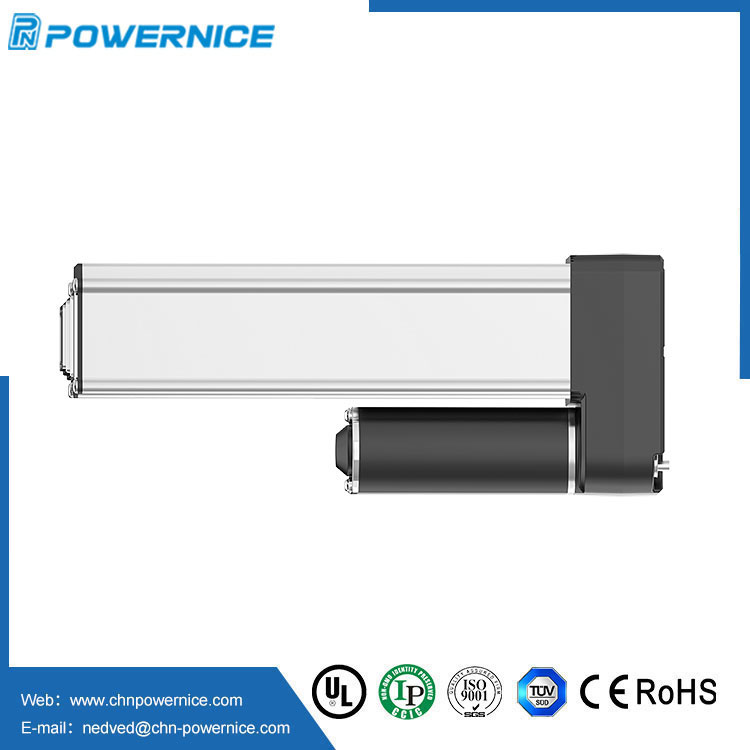Understanding Elevator Linear Actuators: A Modern Approach to Vertical Transportation
2023-12-06
Introduction:
Elevators have been an integral part of modern infrastructure, providing efficient vertical transportation in buildings. In recent years, technological advancements have given rise to innovative elevator systems, with Elevator Linear Actuators emerging as a key component in these modern designs. This blog aims to explore the concept of Elevator Linear Actuators and shed light on how they differ from traditional elevator systems.
What is an Elevator Linear Actuator?
An Elevator Linear Actuator is a mechanical device designed to control the movement of an elevator car in a straight, vertical direction. Unlike traditional hydraulic or traction-based systems, which rely on pulleys, ropes, and counterweights, linear actuators utilize advanced technologies to achieve a smoother and more efficient ride.
Key Features and Components:
1. Linear Motion Mechanism: Elevator Linear Actuators operate on the principle of linear motion, converting rotary motion into a straight, vertical path to move the elevator car.
2. Electric Drive Systems: Unlike traditional systems that may use hydraulic or cable-driven mechanisms, linear actuators are often powered by electric motors, offering a more precise and controllable motion.
3. Compact Design: Linear actuators are known for their compact and space-efficient design, making them suitable for a variety of architectural structures and retrofitting projects.
How Does it Differ from Traditional Elevator Systems?
1. Smooth and Silent Operation: Elevator Linear Actuators provide a quieter and smoother ride compared to traditional traction systems, reducing vibrations and noise levels within the building.
2. Energy Efficiency: Linear actuators are generally more energy-efficient as they eliminate the need for continuous power consumption, especially in the case of hydraulic systems.
3. Space Optimization: The compact design of linear actuators allows for greater flexibility in architectural planning, enabling architects and designers to optimize space utilization in buildings.
4. Maintenance and Reliability: Linear actuators often require less maintenance compared to traditional systems, contributing to increased reliability and decreased downtime.
Applications and Advancements:
Elevator Linear Actuators are finding applications in various settings, from commercial buildings to residential complexes. Their adaptability to different architectural structures and advancements in technology, such as IoT integration for predictive maintenance and smart controls, make them a preferred choice for modern elevator systems.
Conclusion:
As technology continues to evolve, Elevator Linear Actuators represent a significant shift in the way we approach vertical transportation. Their efficient, quiet, and reliable operation, coupled with space optimization and energy efficiency, make them a compelling choice for architects, engineers, and building owners looking to enhance the overall elevator experience. As we move towards a more interconnected and technologically advanced future, Elevator Linear Actuators are poised to play a crucial role in shaping the landscape of vertical transportation.



